
By futureTEKnow | Editorial Team
Imagine seeing an outfit on Instagram or at a thrift store and wondering, “Would this actually look good on me?” Google’s latest experimental app, Doppl, is here to answer that question—using artificial intelligence to let you virtually try on any outfit, right from your phone.
Doppl is a new mobile app from Google Labs, available now on both iOS and Android in the U.S. The idea is simple: upload a full-body photo of yourself, and Doppl will create a digital avatar. From there, you can take a photo of any outfit—whether it’s a screenshot from social media, a picture of a friend’s look, or something you spotted while shopping—and virtually “try it on” on your digital self.
But Doppl doesn’t stop at static images. The app can also generate AI-powered videos, showing you how the outfit might move and look in real life. This adds a dynamic element to virtual try-ons that static images just can’t match.
Upload Your Photo: Start by taking or uploading a full-body image to the app.
Choose Your Outfit: Use any photo or screenshot of an outfit you like—no need for product links or e-commerce integration.
See Yourself in the Look: Doppl’s AI overlays the outfit onto your digital avatar, creating a realistic image or video.
Save, Browse, and Share: Save your favorite looks, browse past try-ons, and share your virtual outfits with friends.
Doppl builds on Google Shopping’s existing virtual try-on features, but takes things a step further by making the experience personal. Previous Google try-on features showed clothes on a range of models, but Doppl lets you see outfits on your own virtual body. This could be a game-changer for anyone who wants to experiment with their style or make more confident shopping decisions.
Google is clear that Doppl is still experimental—it’s not perfect, and fit or appearance details might not always be spot-on. But as a Google Labs project, it’s a fascinating glimpse into how AI and augmented reality could reshape the way we shop for clothes and express ourselves online.
Apps like Doppl are part of a growing trend of using AI and computer vision to blend the digital and physical worlds. Virtual try-on technology is becoming more sophisticated, and Google’s move to launch a standalone app signals that the company sees real potential in this space. By gathering data on how people use Doppl, Google can refine its algorithms and explore new ways to help users find their personal style.
If you’re curious about fashion tech or just want to play around with new AI tools, Doppl is worth checking out. It’s a fun, interactive way to explore your style—and a reminder that the future of shopping might be more virtual than we think.
Founded in 2018, futureTEKnow is a global database dedicated to capturing the world’s most innovative companies utilizing emerging technologies across five key sectors: Artificial Intelligence (AI), immersive technologies (MR, AR, VR), blockchain, robotics, and the space industry. Initially launched as a social media platform to share technology news, futureTEKnow quickly evolved into a comprehensive resource hub, spotlighting the latest advancements and groundbreaking startups shaping the future of tech.

Bridgit Mendler’s Northwood Space is pioneering mass-produced ground stations, enabling scalable, high-speed connectivity for the new era of satellite networks and megaconstellations.

SpaceX aims to nearly double launches from Vandenberg in 2025, facing support from federal agencies but strong objections from the state and local communities.
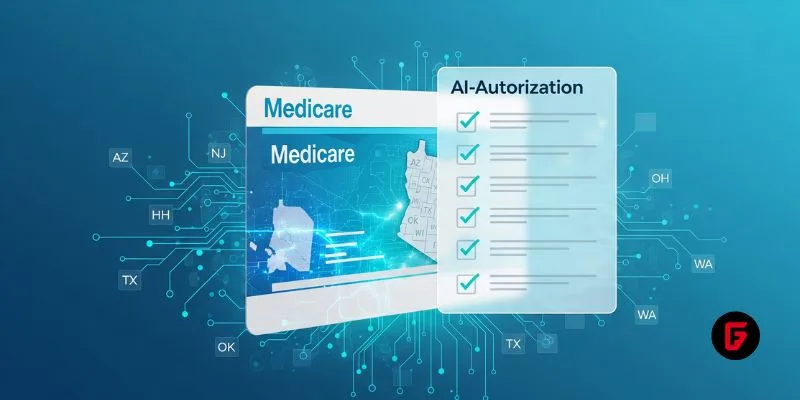
Traditional Medicare will pilot AI-assisted prior authorization in 2026 across six states, focusing on high-risk outpatient services. Clinicians retain final say, but incentives and access concerns loom as CMS tests fraud reduction and “gold card” exemptions. Here’s what providers and patients should know.
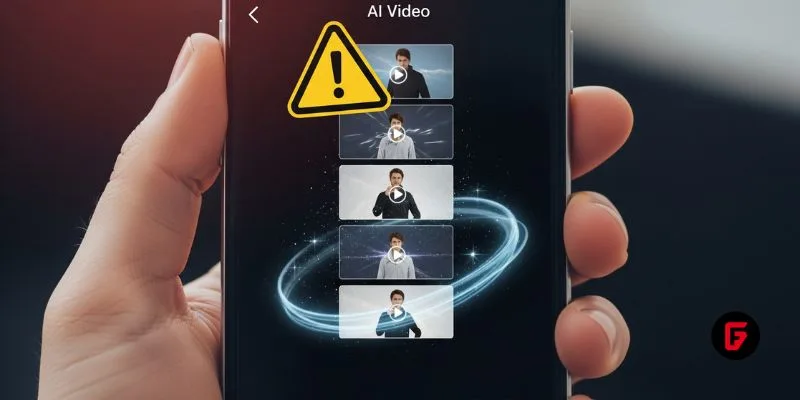
OpenArt’s new “one-click story” compresses scripting, visuals, and edits into ready-to-post short videos—fueling viral growth and a fresh IP debate. We break down how it works, adoption signals, what’s next (multi-character, mobile), and practical guardrails creators and brands should follow to stay original and compliant.

OpenAI’s o3 swept the Kaggle AI chess tournament, defeating xAI’s Grok 4–0. The victory fueled the intense rivalry between Altman and Musk, reshaping AI benchmarks.
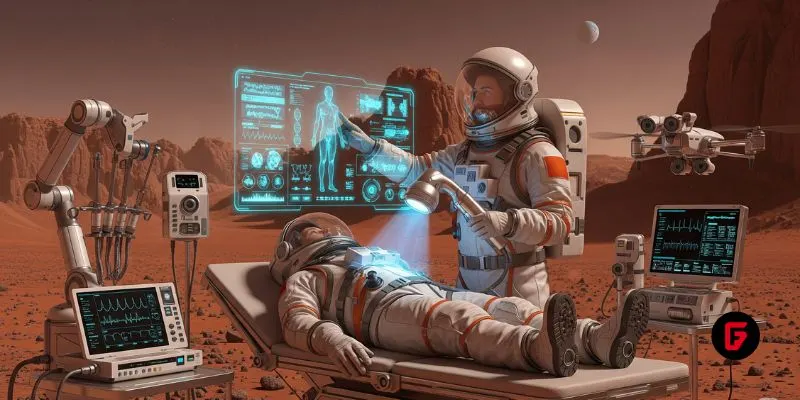
NASA and Google’s AI-powered Crew Medical Officer Digital Assistant enables autonomous diagnoses for astronauts on Mars missions, redefining remote healthcare for space and Earth.
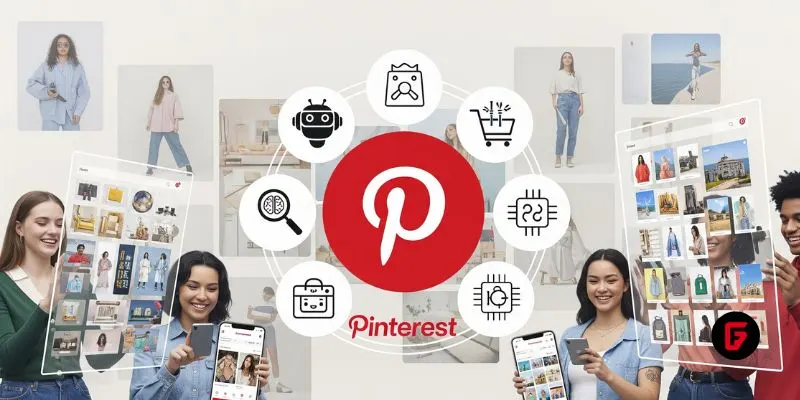
Pinterest’s CEO confirms that fully agentic AI shopping is years away, as the platform invests in AI-powered tools to enhance discovery, inspiration, and personalized shopping experiences for millions.
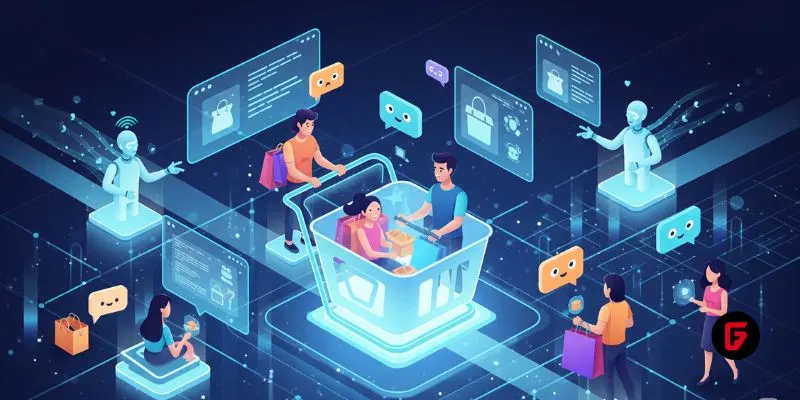
Shopify’s new AI shopping tools are transforming e-commerce, letting agents and chatbots deliver smooth, personalized shopping and checkout experiences across platforms. Learn how these innovations reshape online retail.
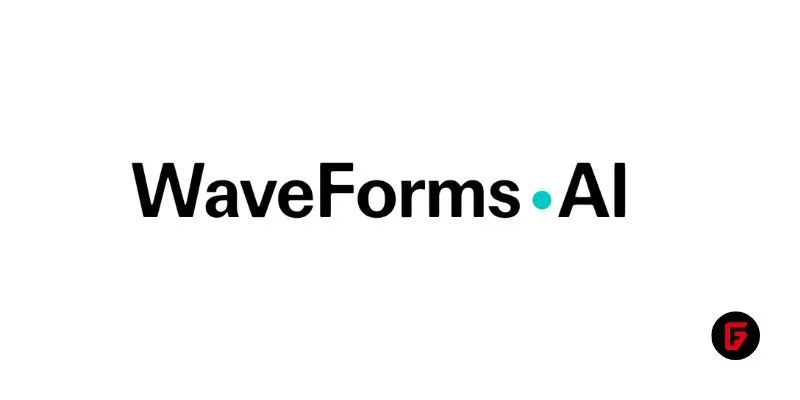
Meta has acquired WaveForms AI, a startup pioneering emotion-detecting voice technology. Learn what this means for Meta’s AI voice ambitions and the future of AI audio.
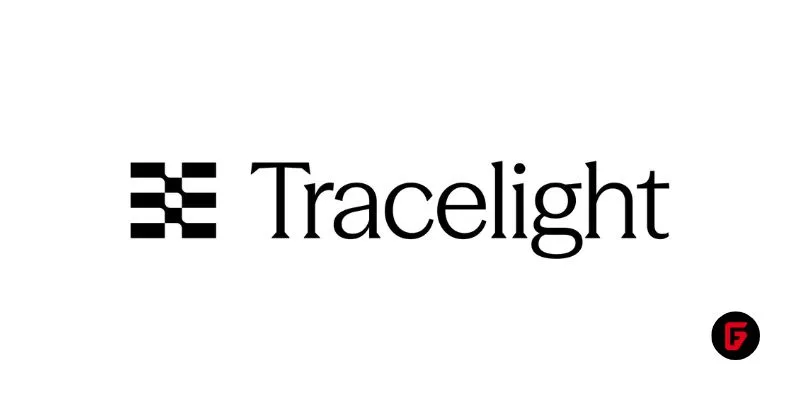
Tracelight is revolutionizing financial modelling for finance professionals with AI-powered Excel tools that automate complex tasks, reduce errors, and unlock new analysis capabilities. Learn how this next-gen solution changes the future of spreadsheets.

China’s Lanyue lander completed its first major test, showcasing advanced engineering for safe, crewed moon landings before 2030. Explore how this milestone shapes the space race.
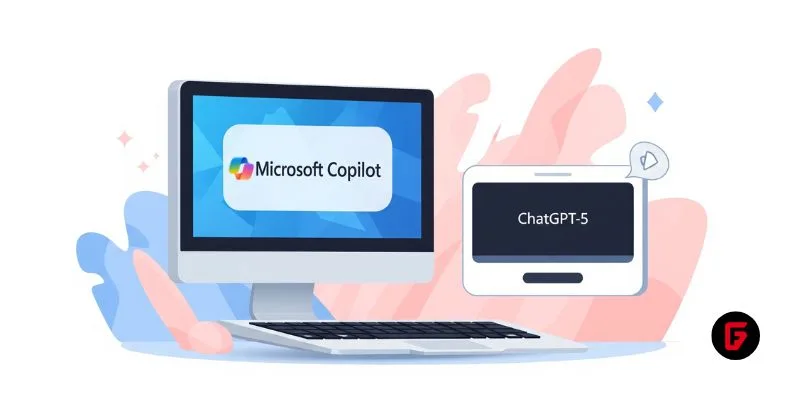
Microsoft rolls out GPT-5 across its Copilot suite, integrating smarter AI for enterprise and personal users. Discover new features, free access, and what sets this launch apart.
To provide the best experiences, we use technologies like cookies to store and/or access device information. Consenting to these technologies will allow us to process data such as browsing behavior or unique IDs on this site. Thanks for visiting futureTEKnow.